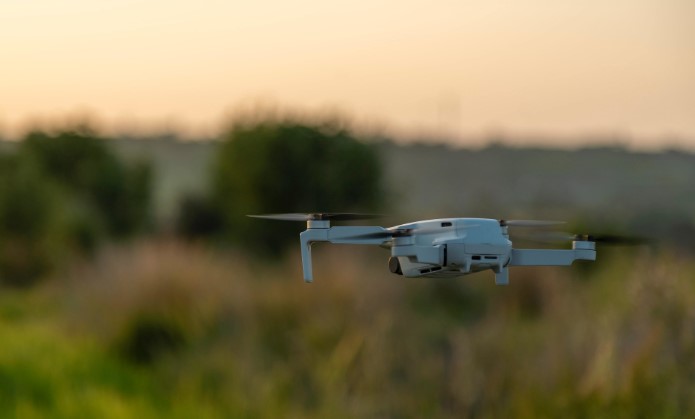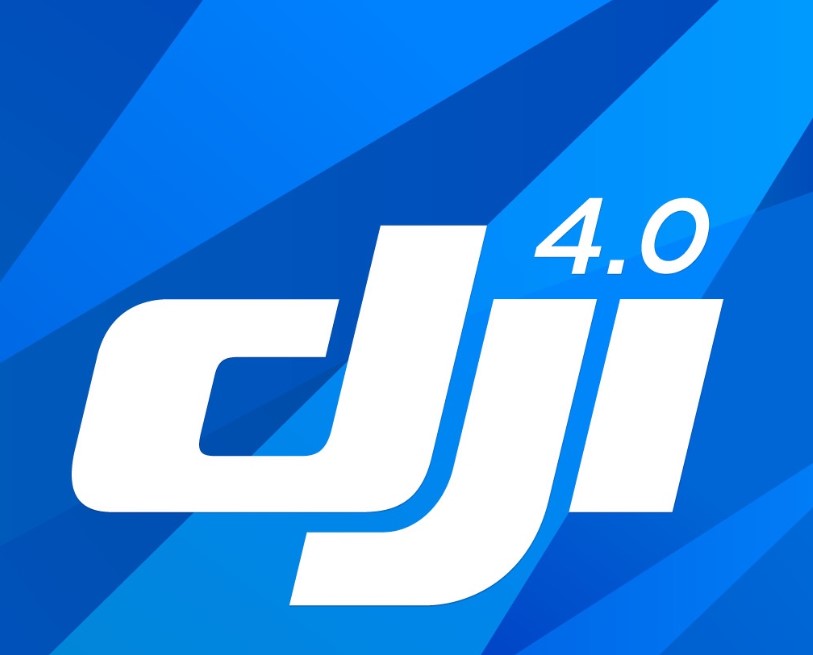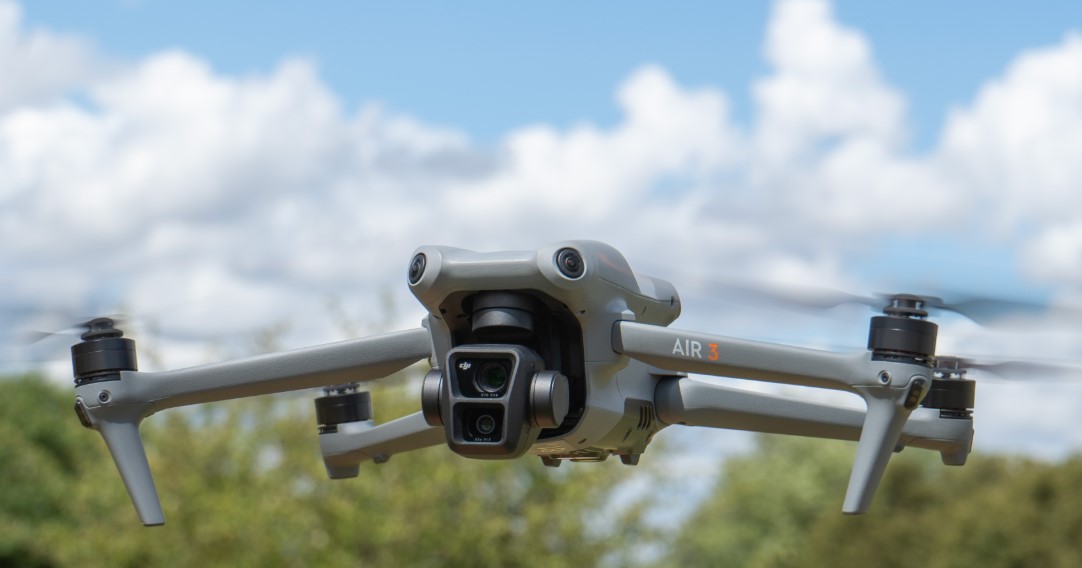Differences Between FPV Drones and Drones – Drones have revolutionized various industries, from aerial photography to racing and industrial inspections. However, not all drones are the same. Two distinct categories that often cause confusion are FPV (First-Person View) drones and standard drones. While both are unmanned aerial vehicles (UAVs), they have key differences in design, usage, and features. In this guide, we will explore these differences in detail. Follow Dronevoz.com !!!
Understanding FPV Drones and Standard Drones
What is an FPV Drone?
An FPV drone is a type of drone that provides a first-person view to the pilot through a live video feed transmitted from the drone’s camera. The pilot usually wears FPV goggles to experience a real-time immersive view, making it feel like they are flying inside the drone. FPV drones are commonly used for:
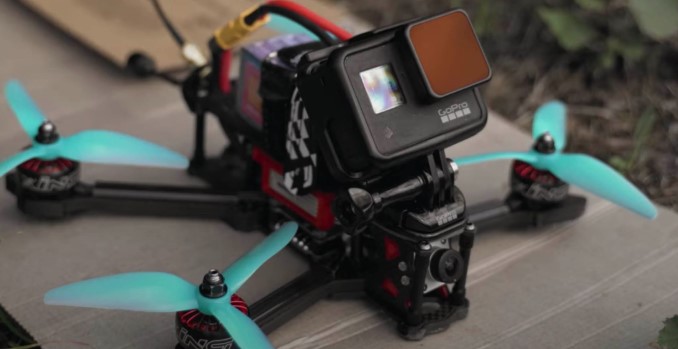
- Racing
- Freestyle aerial stunts
- Exploration of tight or dangerous areas
- Cinematic videography with high maneuverability
What is a Standard Drone?
A standard drone, often referred to as a camera drone or consumer drone, is designed primarily for stable flight and high-quality aerial photography or videography. These drones are typically controlled via a remote controller and a smartphone screen for video feedback. Standard drones are widely used for:
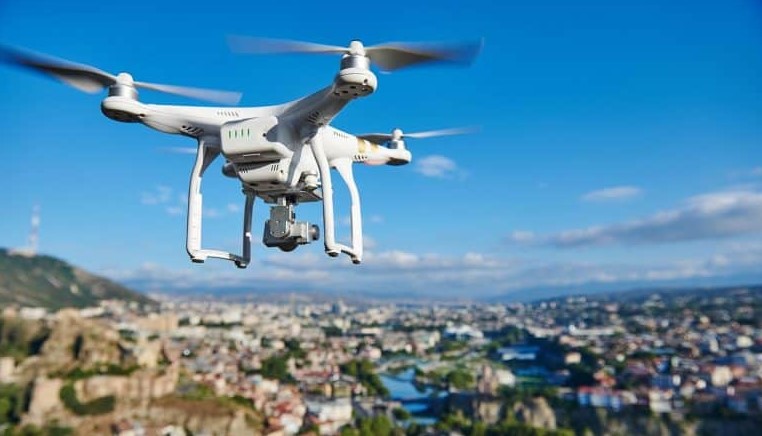
- Aerial photography and videography
- Surveying and mapping
- Delivery services
- Search and rescue operations
Key Differences Between FPV Drones and Drones
Flight Experience
- FPV Drones: Pilots fly from a first-person perspective, making the experience more immersive and thrilling. It feels like being inside the drone.
- Standard Drones: Pilots control the drone while watching the live feed on a phone or tablet. This is more suited for stable aerial shots rather than high-speed maneuvers.
Control Mechanism
- FPV Drones: Require a high level of skill to operate due to their manual flight controls. Most FPV drones use an acro (acrobatic) mode, meaning they lack self-stabilization and require constant manual adjustments.
- Standard Drones: Feature advanced stabilization systems like GPS, altitude hold, and obstacle avoidance. These drones are easier to control, even for beginners.
Speed and Maneuverability
- FPV Drones: Designed for speed and agility, they can perform flips, rolls, and tight turns, making them ideal for racing and freestyle flying.
- Standard Drones: Built for stability and smooth flight, ensuring high-quality photography and videography. They are slower and less maneuverable than FPV drones.
>>> Read: What Are the Best Drone Brands?
Camera Orientation and Quality
- FPV Drones: The camera is typically fixed in position, allowing the pilot to navigate but often without high stabilization features. Some cinematic FPV drones have gimbals for smoother footage.
- Standard Drones: Equipped with high-resolution cameras (4K and beyond), mounted on gimbals for ultra-stable and professional-quality videos.
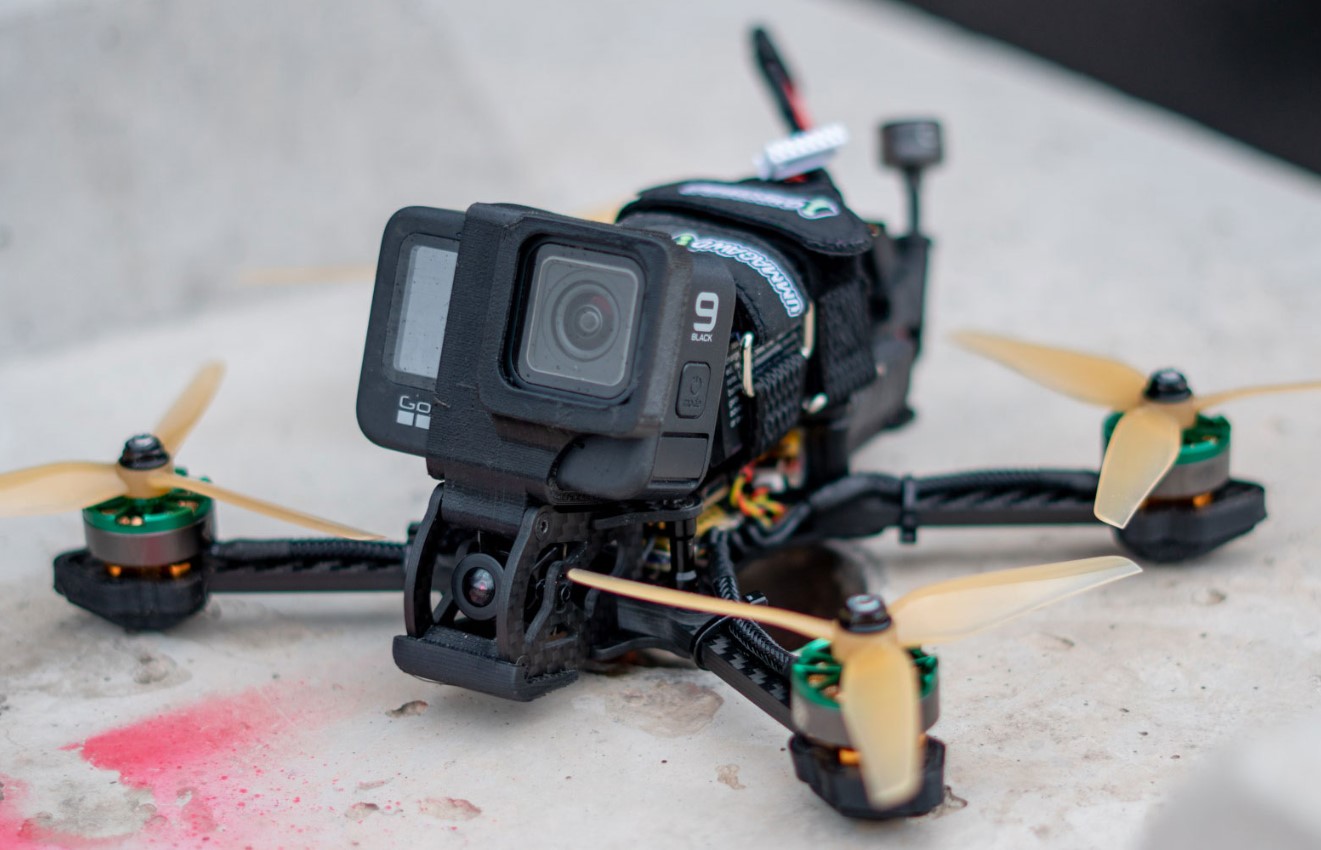
Battery Life
- FPV Drones: Consume more power due to high-speed flight and manual control. Battery life typically lasts 3–10 minutes per charge.
- Standard Drones: Designed for longer flights, offering 20–40 minutes of battery life, depending on the model.
Safety and Regulations
- FPV Drones: Require special licensing and permits in many regions due to their high speeds and potential risks. Some countries impose strict FPV flying laws, such as requiring a spotter when flying.
- Standard Drones: Still subject to aviation laws, but easier to comply with since they come with built-in safety features like return-to-home (RTH) and obstacle avoidance.
Cost and Availability
- FPV Drones: Prices vary widely based on components, typically ranging from $200 to $2,000. Many FPV pilots build custom drones by purchasing individual parts.
- Standard Drones: Usually sold as complete packages with controllers and cameras, costing between $300 and $5,000, depending on the brand and features.
Which Drone is Right for You?
Choose an FPV Drone if:
✅ You want an immersive flying experience. ✅ You are interested in drone racing or freestyle flying. ✅ You enjoy the challenge of manual flight and building your own drone. ✅ You need high maneuverability for specific cinematic shots.
Choose a Standard Drone if:
✅ You need professional aerial photography and videography. ✅ You prefer stability, ease of use, and automation. ✅ You want longer flight times. ✅ You require safety features like GPS and obstacle avoidance.
Popular FPV and Standard Drones in the Market
Best FPV Drones:
- DJI FPV Combo – A beginner-friendly FPV drone with hybrid features.
- iFlight Nazgul5 – A popular choice for freestyle flying.
- BetaFPV Cetus Pro – A great option for FPV beginners.
Best Standard Drones:
- DJI Mavic 3 – A top-tier drone for photography professionals.
- Autel Robotics EVO II – A strong competitor with a high-resolution camera.
- DJI Mini 3 Pro – A compact and lightweight option with great features.
Both FPV drones and standard drones have unique advantages, and the choice depends on your needs. If you crave an adrenaline-fueled flight experience, go for an FPV drone. If you need high-quality aerial footage, a standard drone is the better option. Understanding these differences will help you make an informed decision when purchasing your next drone.
>>> Click What is the best beginners drone?
FAQs
- Can FPV drones be used for photography?
Yes, but they lack stabilization. Some FPV drones now come with gimbals for smooth footage.
- Are FPV drones harder to fly?
Yes, they require practice and manual control skills.
- Can I fly an FPV drone legally?
Laws vary by country. In some places, you must have a spotter or a special permit.
By understanding the difference between FPV drones and standard drones, you can choose the best drone to suit your needs!
